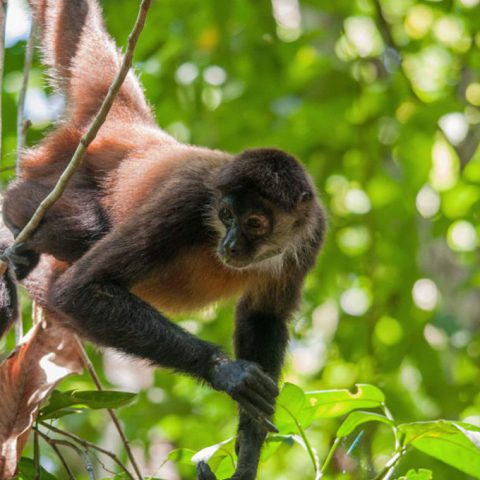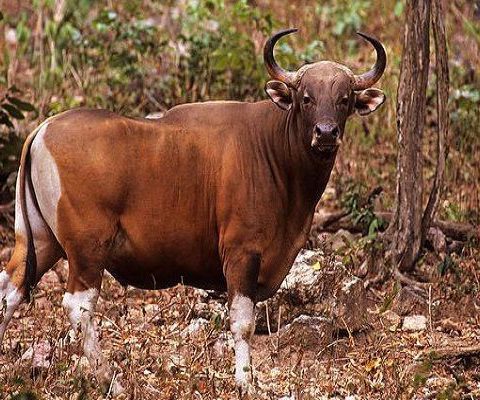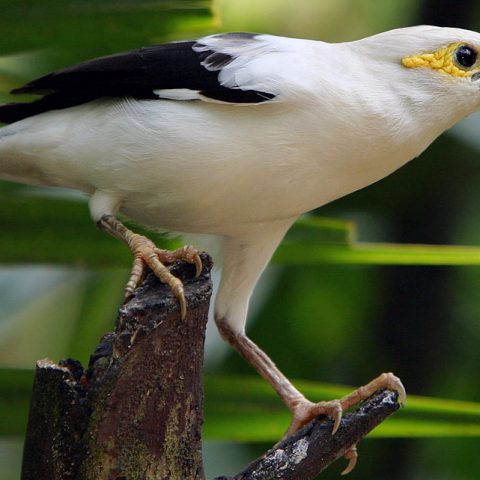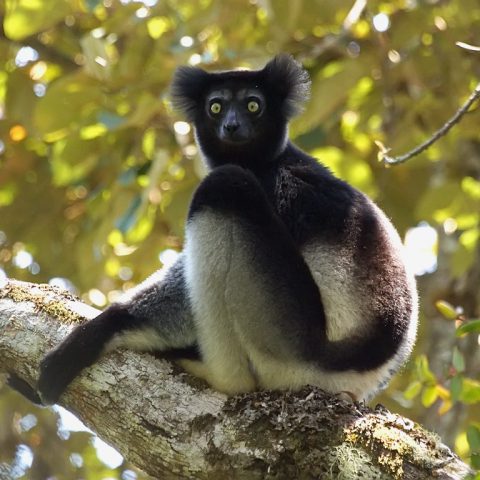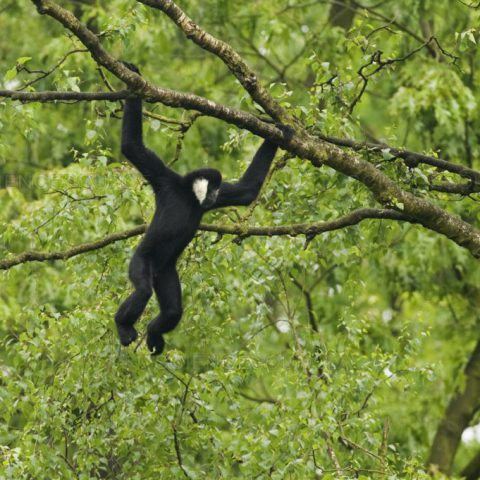Blue-Throated Macaw
![]() Critically Endangered
Critically Endangered
Population
Between 350 to 400 remain
Size
85 centimetres long (average)
90 centimetre wingspan (average)
Weight
750 – 900 grams
Countries
Bolivia
Distribution
The Blue-Throated Macaw is not a forest bird and as a result is found in the Gran Chaco of the Beni Department of Bolivia, where it can be found to nest in the islands of palm trees found throughout the plains. It is one of the rarest species of birds in the world.
Description
- There is very little difference between the male and female of the species to the casual observer. However males tend to be marginally bigger than females
- The upper parts of the species are a turquoise blue and being slightly duller on the crown, while being brighter on the animal’s rump
- The underside of the wings are a pale yellow but fade into a pale blue
- Sporting a bare facial patch which is obscured by blue feather-lines which merge into the blue cheek and throat area. The only separation is of the yellow crown with a strip of bare pink skin around a large black bill
- 5 or 6 horizontal stripes of blue feathers are on the species face. These are unique for every blue-throated macaw and can be used to identify individuals
- Young of the species have brown irises which will change to yellow as the animal ages at around 10 years



Quick Facts
- The species in most frequently found in monogamous pairs, but on rare occasions small groups of around 7 – 9 animals
- The species can climb trees
- Usually active during the day, the animals generally stays in the one area
- The species uses sound to communicate with a very loud alarming call to indicate danger before flying off. Quieter calls are known, but the purpose is not known
- The species breeds once a year, but if the eggs or nestlings are lost, they can often produce a second clutch of eggs in the same season
- A clutch of eggs consists of 1 to 3 eggs and take around 26 days to incubate
- Young blue-throated macaws are known to stay with their parents for up to a year, where the parents will skip the breeding season.
- The species reaches sexual maturity at around 5 years of age.
- Nests are usually made in the cavities of palm trees, with dead palms being preferred as they are hollowed out by large grubs. Different nesting sites are used every year.
- The species faces competition with blue and yellow macaws, green winged macaws, scarlet macaws, large woodpeckers, toco toucans, barn owls, bats and bees for nesting sites
The diet of the blue-throated macaw consists of mostly fruit from large palm trees. They are unlike other macaws in that they do not eat seeds and nuts.
The primary habitat of the species is palm trees Acrocomia aculeata, Mauritia fleuxosa and Attalea phalerata palm species.
The main threats facing the blue-throated macaw is illegal capture to supply the pet trade. This is making the wild population be on the very brink of extinction.
Conservation Efforts
World Parrot Trust
The World Parrot Trust has many volunteers and employees who work to monitor the nests of the species and help protect the chicks from the predation and to occasionally check their healthy to ensure they are healthy and are being well fed.
They also help the species by adding additional nesting sites and improving existing nesting site for the species.



